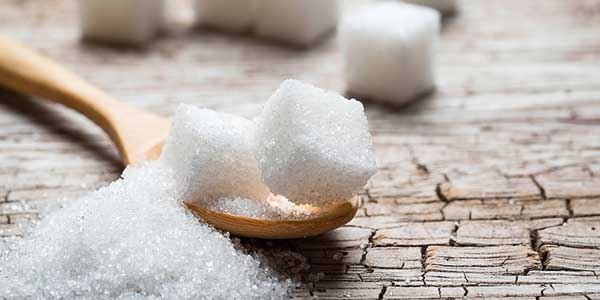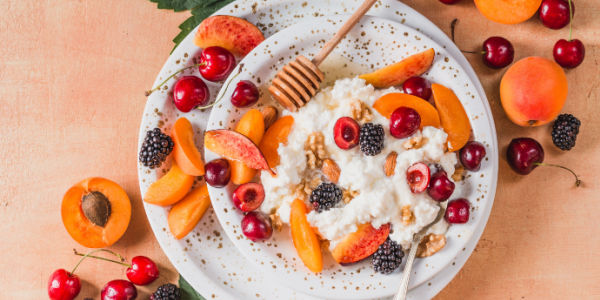
Did you know the average American consumes almost 20 teaspoons of sugar each day? According to the American Heart Association, men and women should not exceed more than nine and six teaspoons each day, respectively. That being said, the U.S. population is consuming more than double, if not triple, the recommended amount. And with even a 12-ounce soda containing an average amount of 30 to 40 grams of sugar, it is not too hard to understand how sugar quickly adds up. But in addition to obvious sugar amounts, do not let sugar content in food go unnoticed with these four ways prepackaged food companies are hiding that sweet substance.
4 Ways Food Companies Hide Sugar Content
1. Using "Natural" or "Healthy" Sugars
Some foods promote themselves as an "all-natural" product utilizing "all-natural" sugars. But do not confuse an all-natural sugar as a "healthy" sugar, as all types of sugars and still handled as a sugar. Though more natural sugars (think honey, agave, coconut sugar, etc.) tend to offer more nutrients than its highly-processed, granulated sugar relative, too much of any kind can spike and fluctuate blood sugar levels and add on calories, subsequently causing weight gain.
2. Applying Numerous Sugars
Along with the nutrition facts label, paying attention to the ingredient label can serve you great value. Ingredient labels display all ingredients incorporated into the product, with the most prominent ingredients lining up towards the front of the line and less used ingredients towards the back. Food companies may use the ingredient to their advantage, spreading out various sugar types throughout the ingredient list. And although sugar may not be at the top of the ingredients list, that does not indicate an extensive use. Be on the lookout for these sugar aliases!
3. Slapping On Food Claims
People often translate "gluten-free" or "fat-free" as a healthful product. While they do serve purpose in some circumstances, their use may distract consumers from the nutrition facts or ingredient label. Additionally, "gluten-free" and "fat-free" products discourage gluten and fat, further being capable of harnessing and supplying an ample supply of (unwanted) sugars!
4. Adding to "Healthy" Foods
Though sugar is known to be in sweet treats and soft drinks, prepackaged food companies may be adding sugar into foods thought to be healthy. For instance, the sugar content in tomato sauce, whole grain cereals, and yogurt may go overlooked, added to the grocery cart, and consumed once brought home. While the face value may seem harmless, you may have added unnoticed, unnecessary sugar to your diet.
Recognizing and reducing sugar intake is quite beneficial to health, as its intake has been linked to obesity. In addition to weight loss, there are 11 other reasons to eat less sugar. But if desiring sweet treats and needing to kick that notorious "sweet tooth," try these healthy dessert ideas that will not kill your diet!







